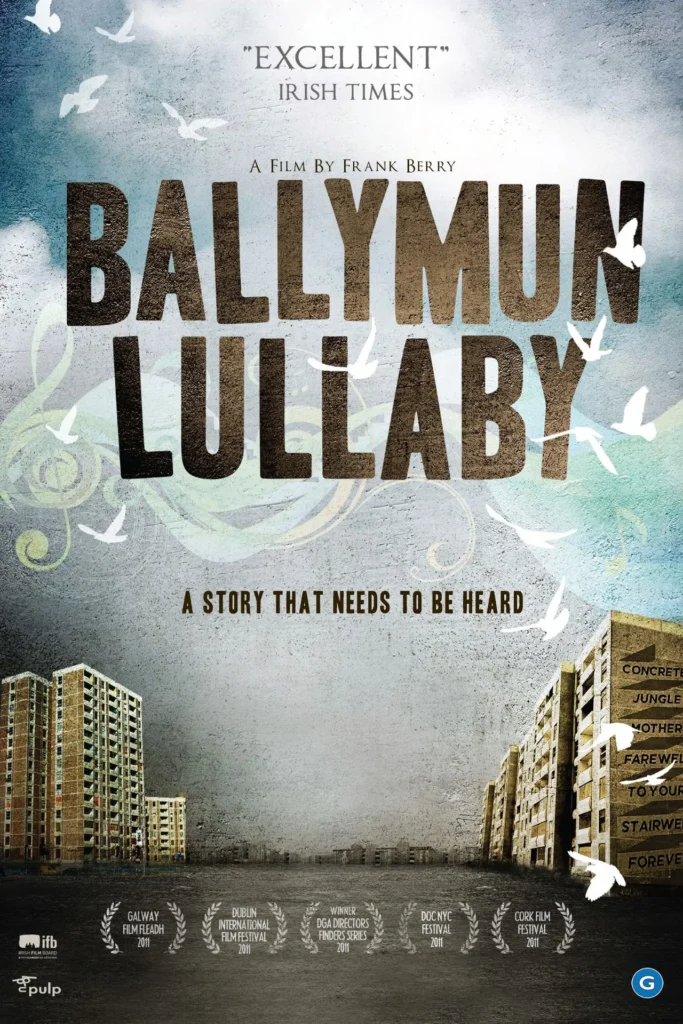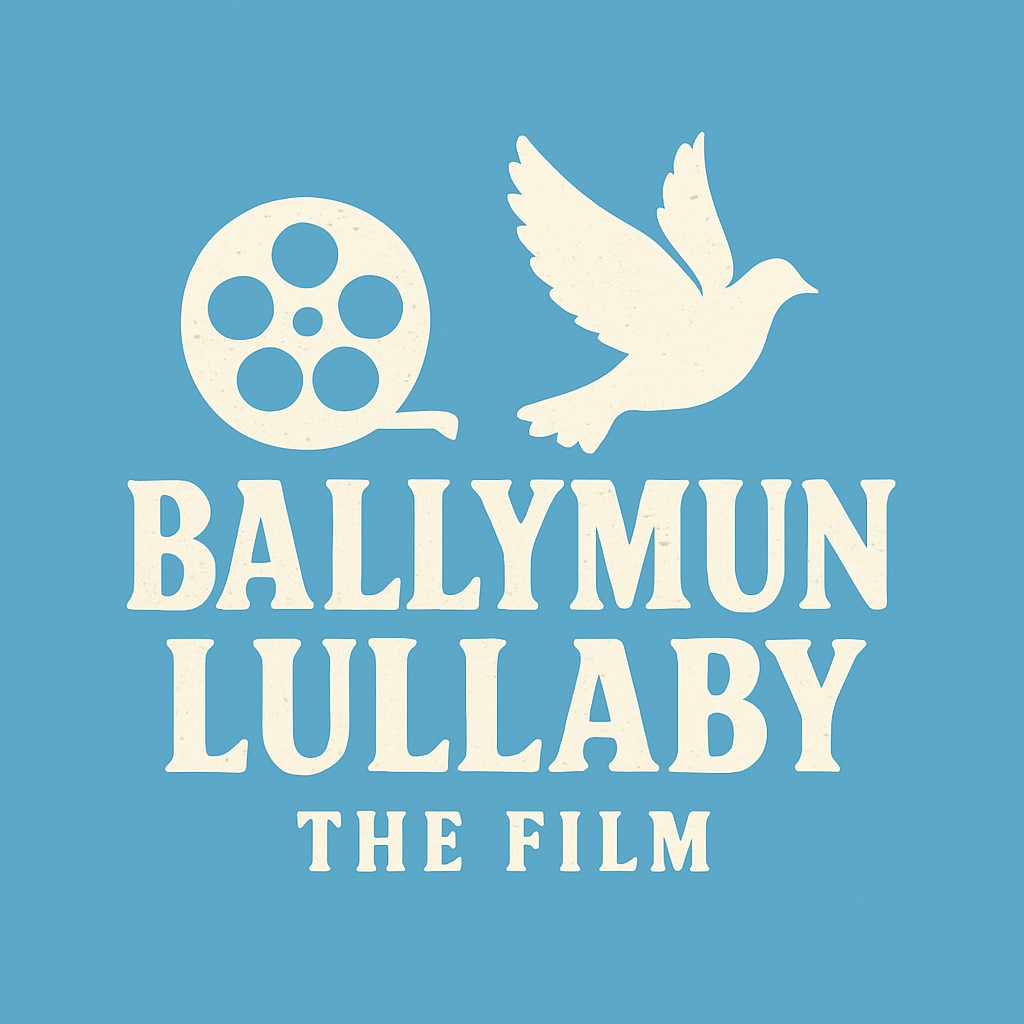
Director: Frank Berry
Genre: Documentary
Runtime: 72 minutes
Language: English
IMDb Rating: 7.8/10
Plot: Music as a Catalyst for Transformation
Ballymun Lullaby chronicles the endeavors of music teacher Ron Cooney, who has dedicated over 15 years to nurturing the musical talents of students in Ballymun, Dublin’s only high-rise housing estate. Amidst the area’s socio-economic challenges and a reputation marred by crime and violence, Cooney collaborates with composer Daragh O’Toole to produce an EP titled “Ballymun Lullaby.” This initiative aims to challenge and reshape public perceptions of the community through the power of music.
Ballymun Lullaby is a heartfelt and deeply human documentary that captures how art can rise from hardship and redefine identity. Through Ron Cooney’s unwavering passion and Daragh O’Toole’s moving compositions, the film transforms a community often dismissed into a chorus of resilience and pride. It’s the kind of uplifting real-life story that finds a welcoming home on Goojara, where documentaries like this remind viewers that creativity can heal, unite, and inspire. With its blend of social realism and emotional triumph, Ballymun Lullaby stands as a testament to the transformative power of music and the enduring spirit of those who believe in change.
Visual Style: Authenticity Through Intimate Storytelling
Director Frank Berry employs a cinéma vérité approach, capturing candid moments that reveal the genuine emotions and experiences of Ballymun’s residents. The documentary seamlessly integrates archival footage depicting the area’s turbulent history, juxtaposing it with contemporary scenes of students passionately engaged in music. This blend of past and present offers viewers an unfiltered glimpse into the community’s resilience and evolution.
Key Figures: Voices of Ballymun
Ron Cooney: The heart of the documentary, Cooney’s unwavering commitment to his students and belief in music as a transformative tool underscores the narrative.
Tara O’Brien: A dedicated student whose journey reflects the profound impact of Cooney’s mentorship and the music program.
Wayne Beatty: A young soloist navigating the complexities of adolescence and ambition within the Ballymun landscape.
Darren Scully: A budding poet contributing lyrical depth to the musical compositions, embodying the creative spirit of the community.
These individuals, among others, personify the documentary’s themes of hope, determination, and the pursuit of excellence against the odds.
Themes: Challenging Stereotypes and Fostering Community Pride
At its core, Ballymun Lullaby confronts the stigmatization of Ballymun by highlighting the positive narratives often overshadowed by negative stereotypes. The film emphasizes the role of arts education in empowering youth, fostering self-esteem, and building a cohesive community identity. It serves as a testament to how creative endeavors can be instrumental in social regeneration.
Reception: Acclaim and Recognition
The documentary received widespread acclaim for its heartfelt portrayal of Ballymun’s residents and their transformative journey through music. It was enthusiastically received at major Irish film festivals throughout 2011, leading to a pre-Christmas theatrical release. Director Frank Berry was honored with the Directors Finders Series Award in Ireland, and the film was nominated for an Irish Film and Television Award (IFTA) in 2012.
The Critic’s Verdict
Ballymun Lullaby is a poignant and uplifting documentary that challenges preconceived notions, showcasing the transformative power of music within a marginalized community. Frank Berry’s sensitive direction, combined with authentic storytelling, crafts a narrative that resonates universally, emphasizing the potential for art to inspire change.
Rating: 8/10
An inspiring exploration of community resilience and the harmonizing force of music.
Pair With
The Choir (2007) for another look at music’s role in youth development, or Once (2007) to explore Dublin’s musical landscape through a fictional narrative.
Cultural Footprint
Ballymun Lullaby contributes significantly to the discourse on urban regeneration and the arts’ role in societal transformation. By spotlighting Ballymun’s youth and their achievements, the film not only challenges negative stereotypes but also serves as an inspiring model for similar communities worldwide.
Addition
Beyond its cinematic achievements, Ballymun Lullaby has made a tangible impact on the community it portrays. The documentary has been instrumental in reshaping public perceptions of Ballymun, highlighting the positive narratives often overshadowed by negative stereotypes. The film’s success has also provided a platform for the young musicians featured, opening doors to further opportunities in the arts. This real-world influence underscores the documentary’s central message: that art and community initiatives can drive meaningful social change.
